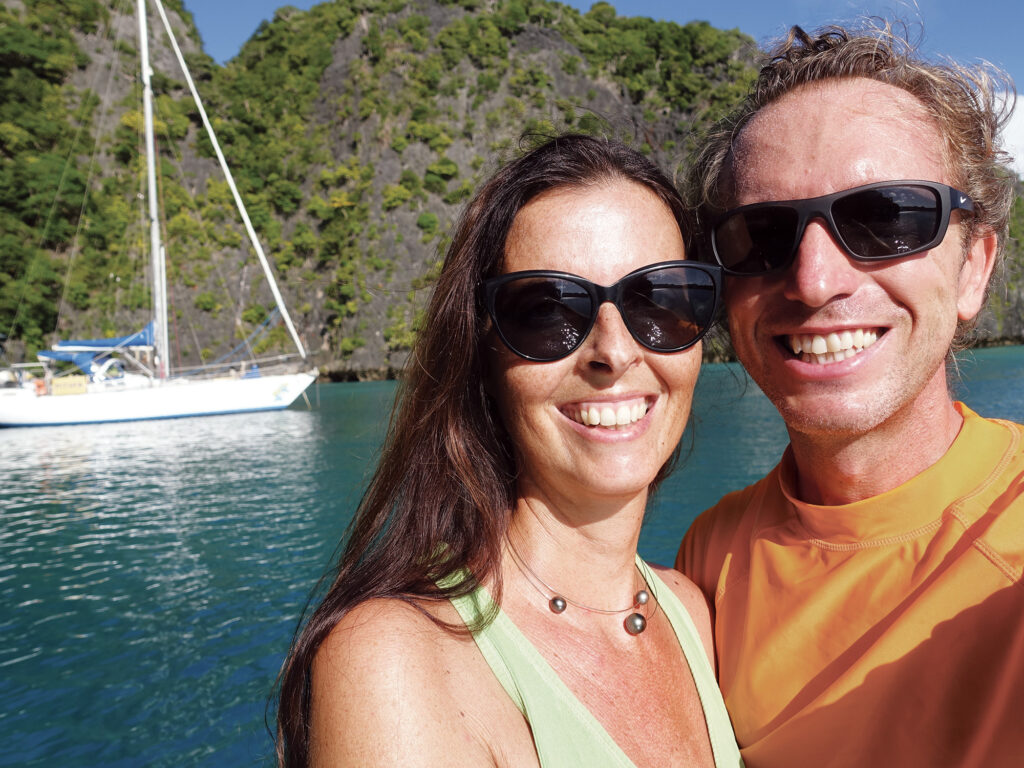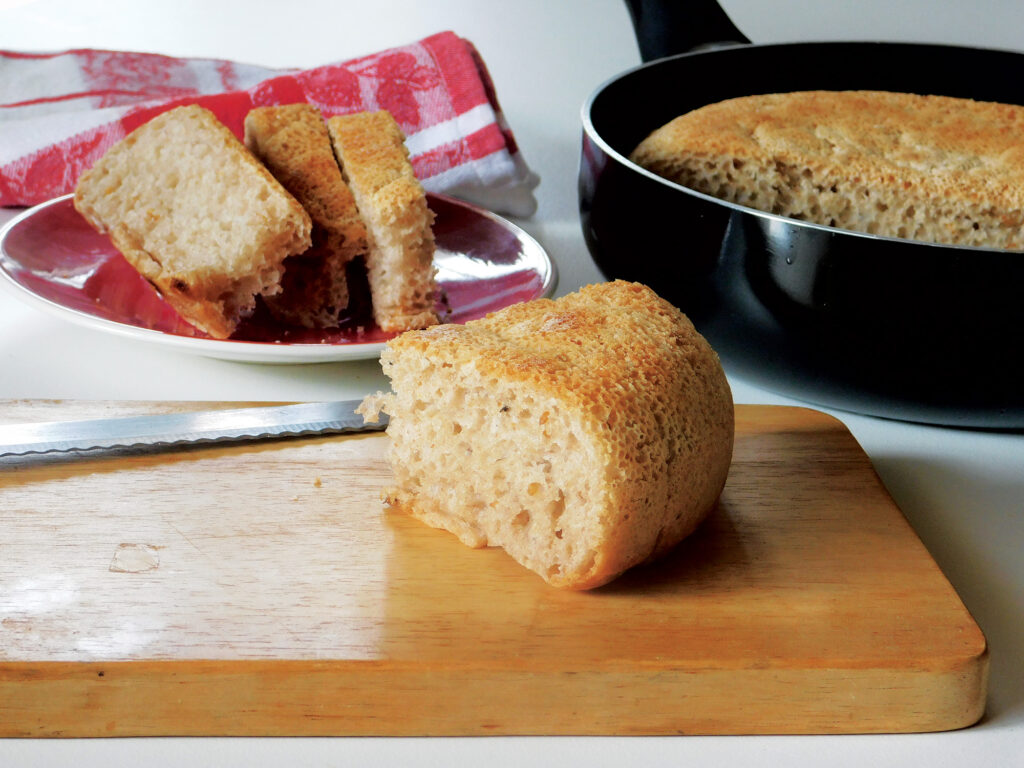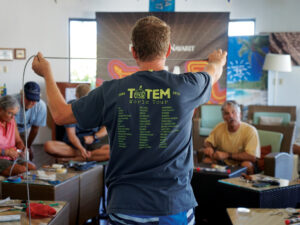
Thirteen years ago, my husband, Christian, and I set sail from Croatia aboard our Sparkman & Stephens 41, Pitufa. We cruised the Mediterranean, the Atlantic and the Caribbean, and then sailed on to the South Pacific, where we’ve been cruising for the past decade.
Life was good until we reached Tonga, where Christian began losing weight at an alarming rate. He ate well, and local doctors couldn’t find anything wrong. We were getting desperate, when a cruising friend, a retired doctor, made a suggestion: “Why don’t you try a gluten-free diet?”
We were already eating a healthy, pescatarian diet, but we stopped eating bread and pasta—and Christian immediately began to feel better. He regained weight. Later exams revealed that he is, in fact, gluten-intolerant. We’ve been cooking and baking gluten-free ever since.
Nowadays, gluten-free products are easy to find near large cities and towns, but for world cruisers, sourcing can be challenging. In Tonga, we made do with what we found.
Now we squirrel away gluten-free products whenever we find them. When we head to new destinations, we ask friends who arrive ahead of us to report back about the local supermarkets. When Wi-Fi is available, we check Facebook groups for advice on local shopping, or browse supermarket websites. If we’re shopping in person, with a language barrier, we bring screenshot images of products to show the clerks.
Still, finding good bread was proving impossible, so I decided to make my own. Online recipes contained ingredients that we could never hope to find, so I experimented with rice flour and cornstarch. The bread turned out flat and rock-hard. Then, in a supermarket in the Cook Islands, I discovered a game-changer: buckwheat flour. It rose well, and testing it out eventually resulted in this recipe for rustic stovetop bread with no kneading required.
Thanks to the internet, I also discovered that names for the same ingredient often vary by region. What I know as linseed is called flaxseed in many places. Tapioca flour is also sold as tapioca starch, and in some places is known as cassava, manioc or yuca. (And yuca, an edible root from which that flour is made, is frequently misspelled yucca, which is a spiky, warm-climate shrub.)
The big lesson, of course, is that provisioning before any long passage takes planning, and having special-diet requirements adds another dimension. But with a dash of effort and a splash of flexibility, you can still make delicious meals, including bread, while cruising.
Pitufa’s Gluten-Free Pan Bread (yields a 10-inch round loaf)

- 1 Tbsp. whole flaxseeds soaked
overnight in ½ cup water in a small covered bowl - 1¼ cup tapioca flour (tapioca starch)
- 1¼ cup buckwheat flour
- 1¼ cup gluten-free all-purpose flour
- 2-3 tsp. salt
- 1 scant Tbsp. instant dry yeast
- 1½ cups warm water (105 to 115 degrees Fahrenheit)
- 2-3 Tbsp. olive or vegetable oil, for greasing pan
Note: You’ll need a 10-inch-wide by minimum 2½-inch-deep nonstick skillet with a lid.
Mix together all three flours and salt. Add yeast. Add 1½ cups warm water. (Do not use hot water or it will kill the yeast.) Add the gooey, soaked mixture of flaxseeds and liquid. Stir until smooth. Dough will be wet, like thick batter.
Lightly oil the bottom and sides of a nonstick pan, and warm it slightly. Pour in bread batter, cover with lid, and let rise until dough has doubled in size (rising times vary depending on ambient temperature). Check every 15 minutes or so to ensure that it doesn’t rise more than that; dough should be cooked while still rising or it will collapse.
Place pan on the stovetop, covered, over medium heat, and cook until the loaf is solid enough to be flipped and the edges are slightly browned (15 to 20 minutes). Remove pan from heat.
Using a spatula, slide the loaf onto a dinner plate, cooked side down. Using oven mitts, invert the frying pan over the plate, and flip the plate and pan. Return the pan to the burner. Bake for another 10 to 20 minutes with the lid slightly open to achieve a crunchy crust.
When done, the bread should be golden brown. An instant-read thermometer should show 190 to 200 degrees Fahrenheit; a skewer into the center should come out clean. The bread should sound hollow if you tap the top gently.
Cook’s Note: You can adapt this recipe to your preferences and climate. The flaxseed mix is needed as a binder, but you can add additional dried nuts, seeds or herbs of your choice.
Prep time: Overnight soak plus 2 hours, including rising time
Difficulty: Medium
Best made: At anchor








